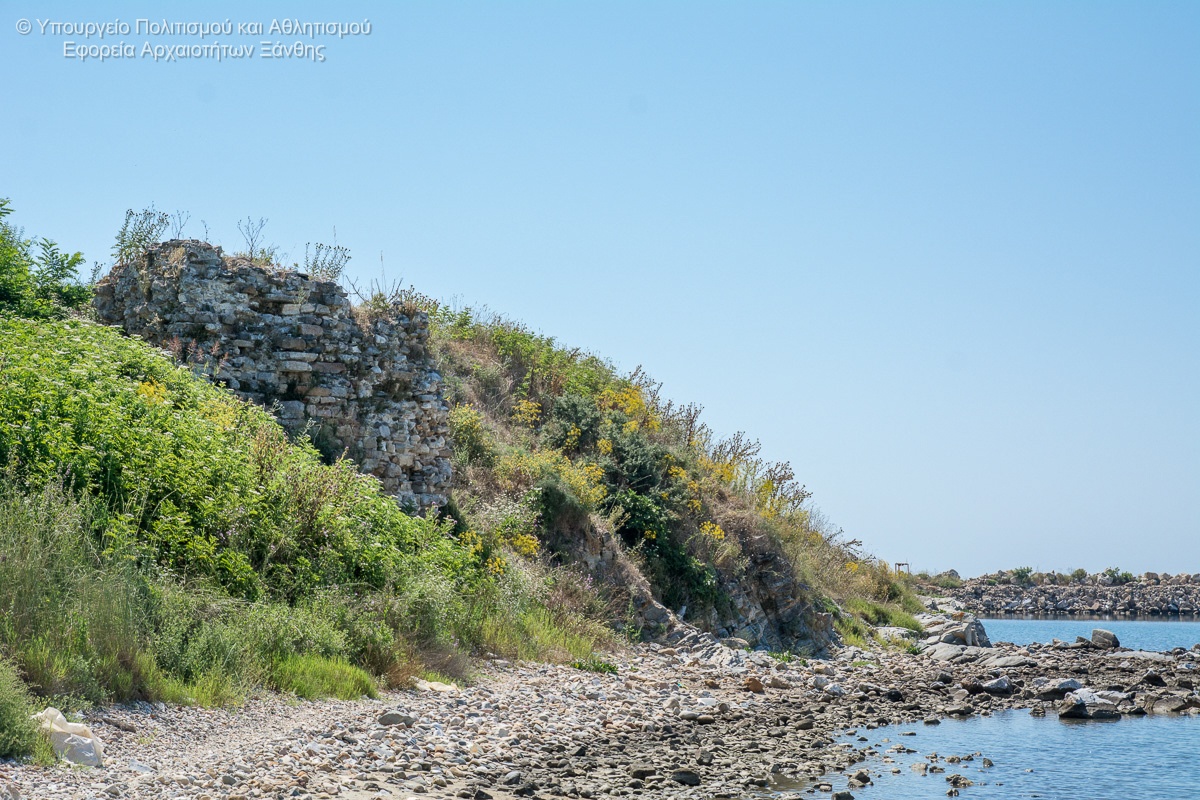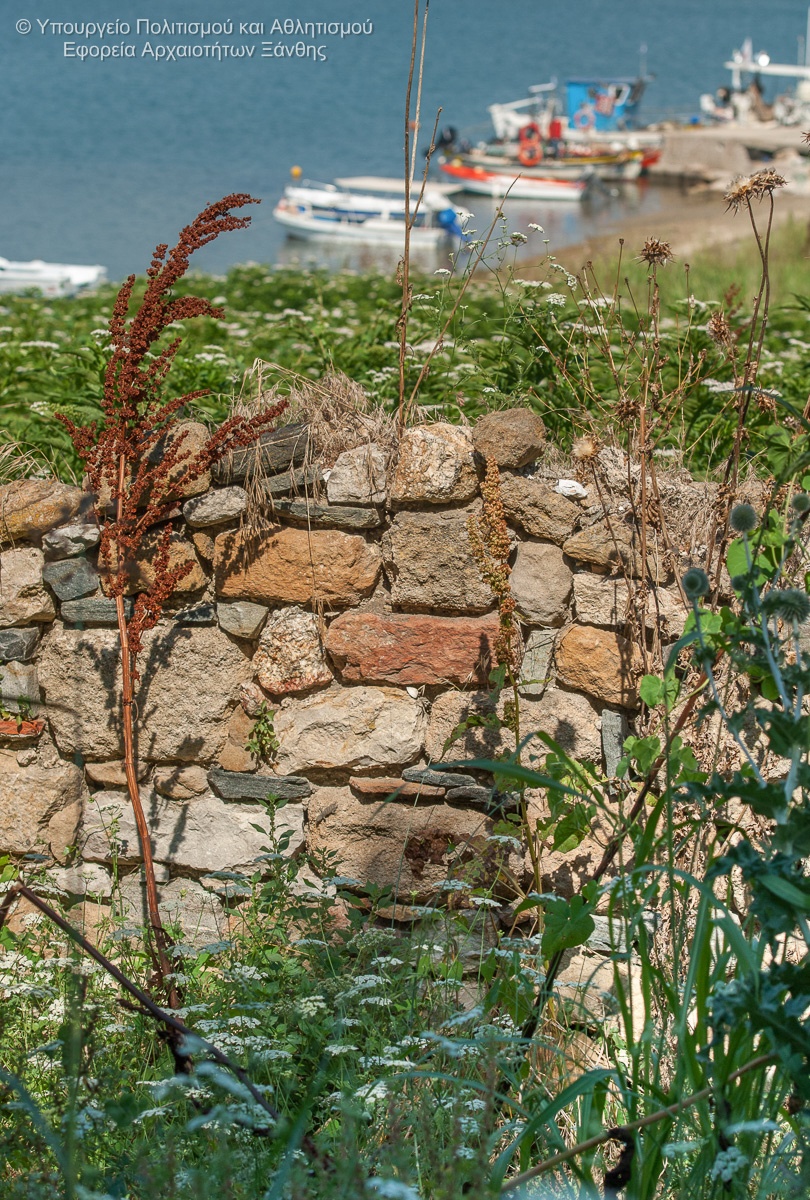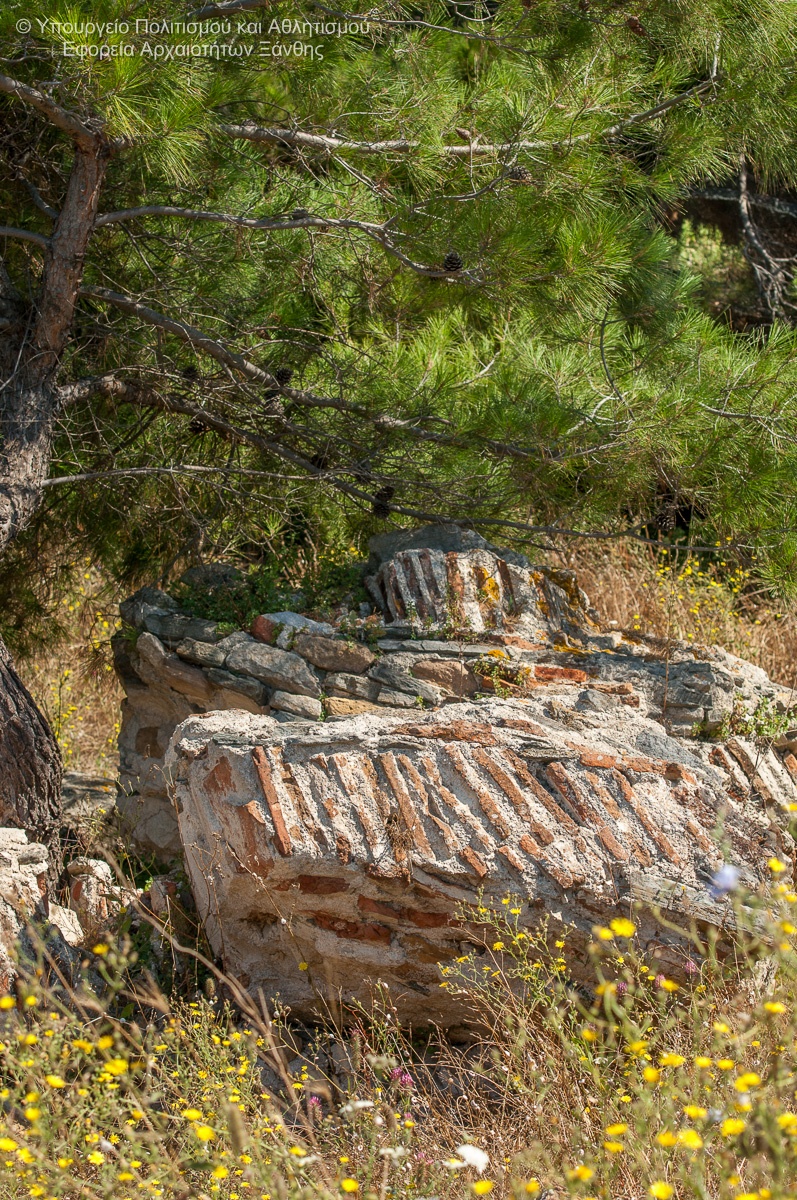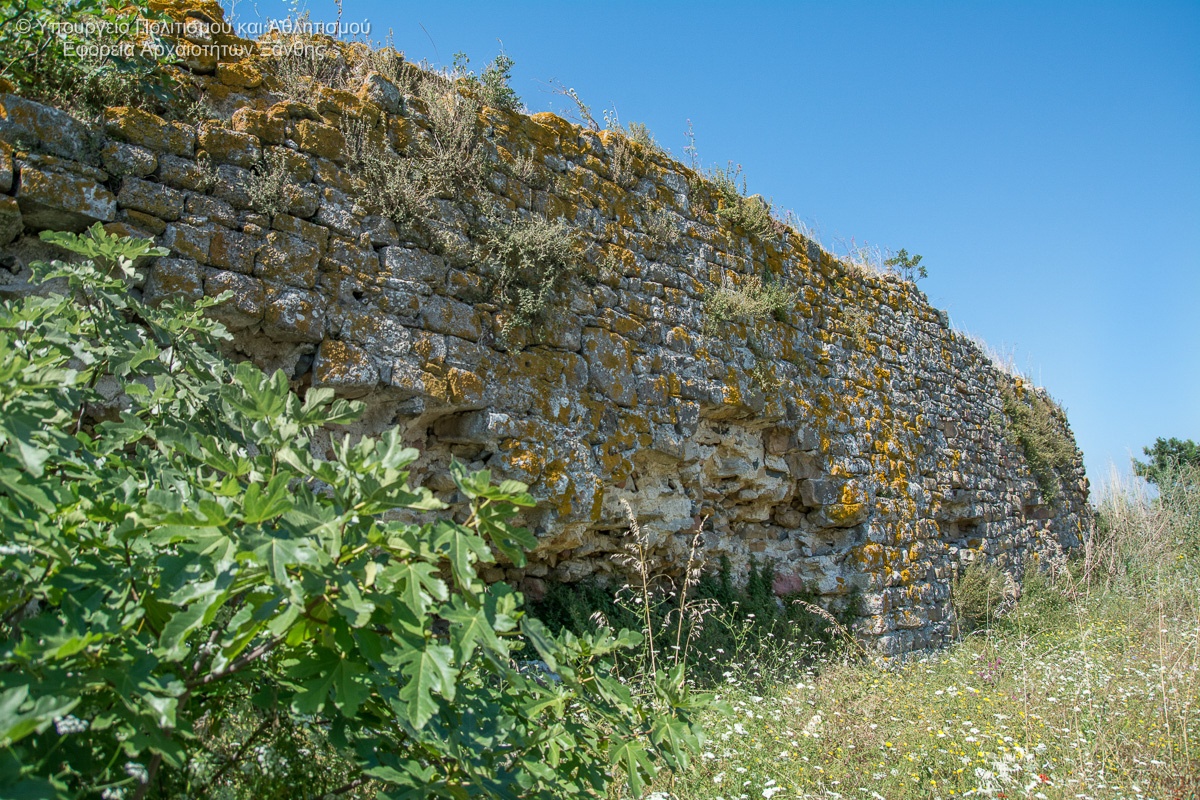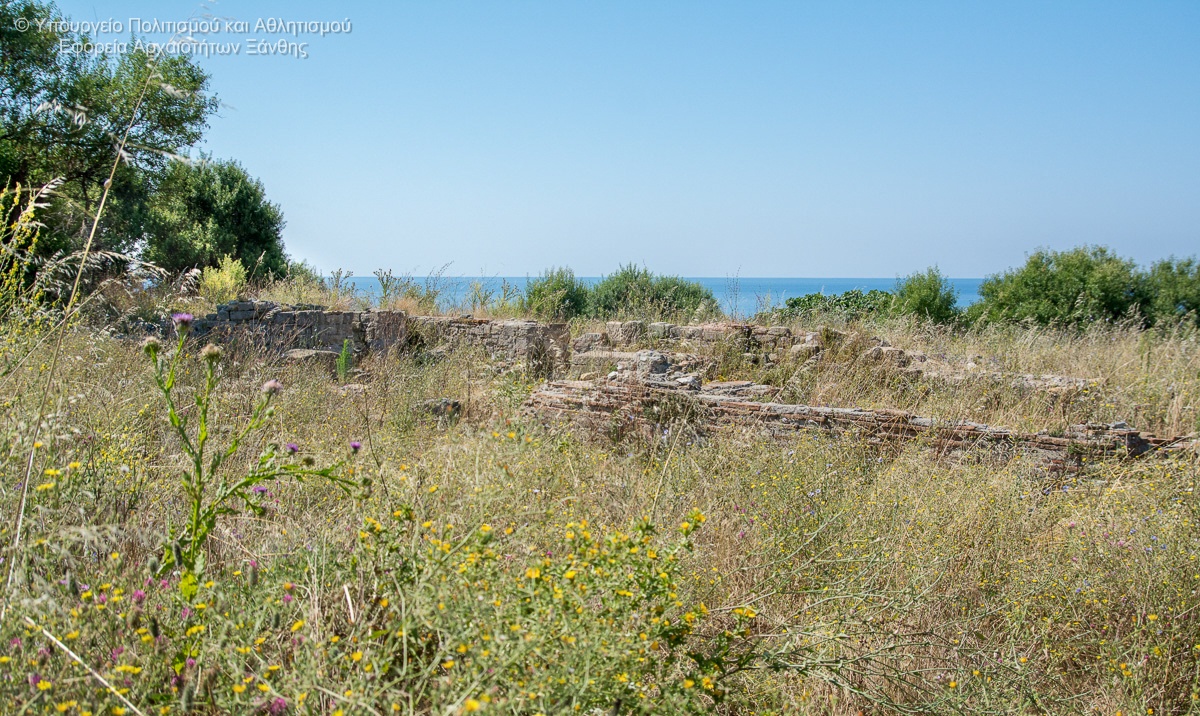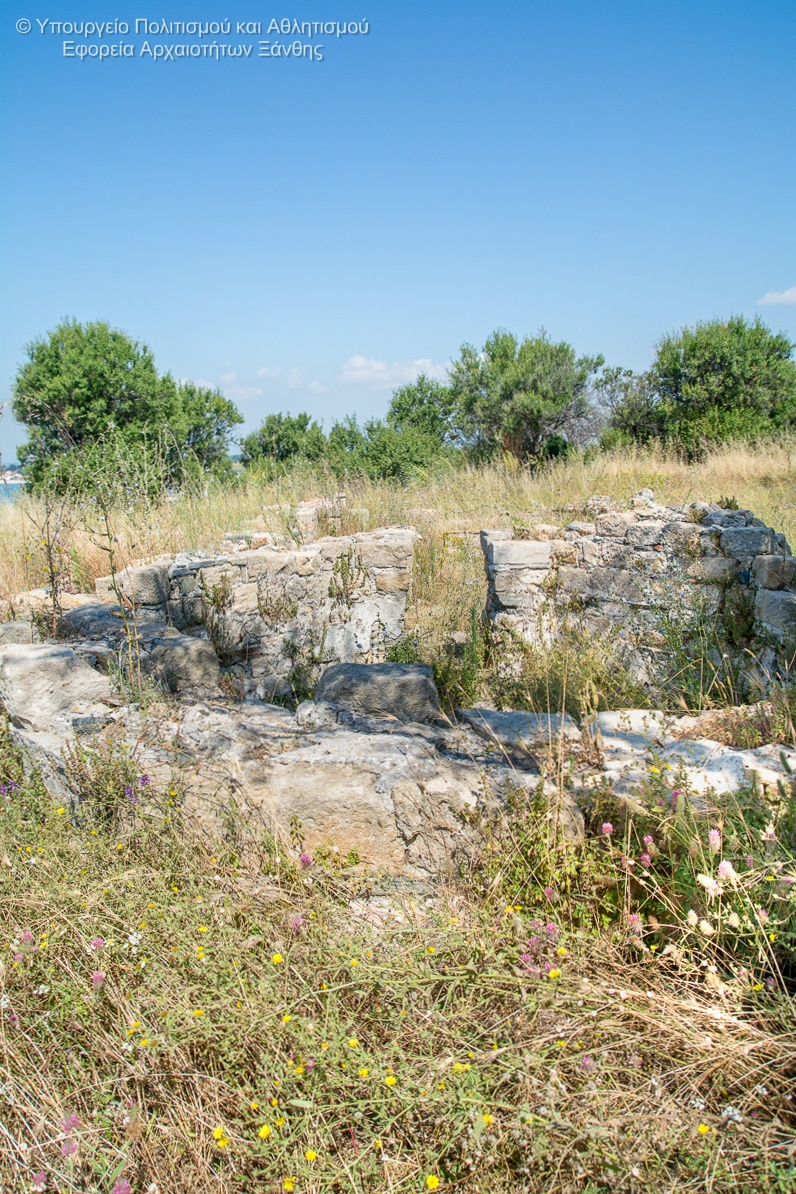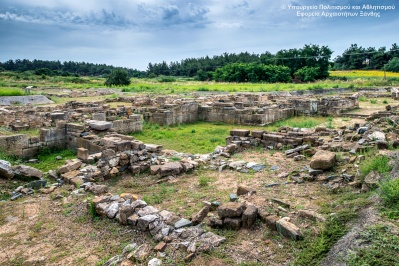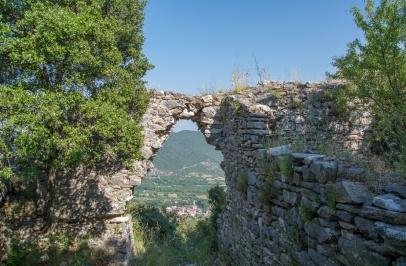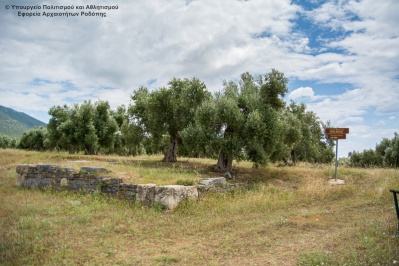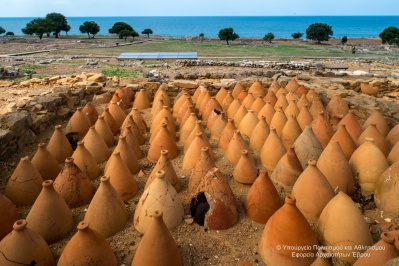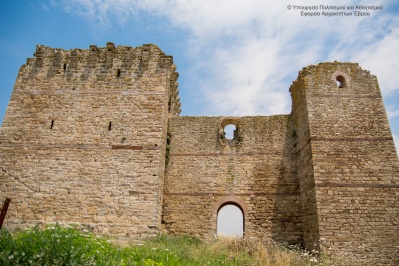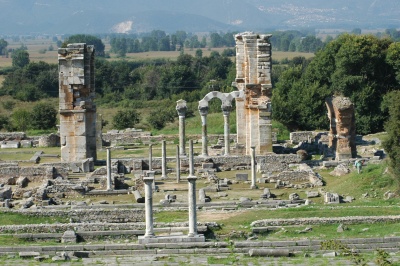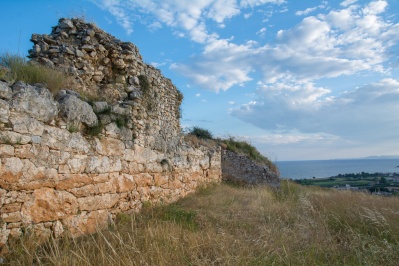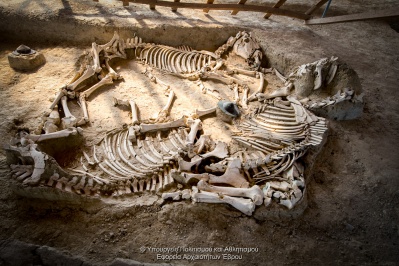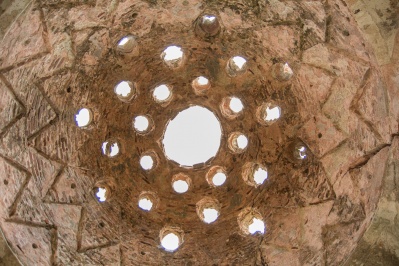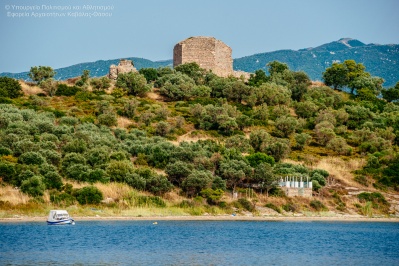-
Destinations (current)
-
Cities
- Xanthi
- Drama
-
Islands

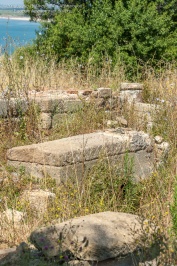
Polystylo of Abdera
Thank you for your rating.You already rate this.The Byzantine township of Polystylon occupies the acropolis of the ancient city of Abdera. Its defences, approximately 800 metres long, follow more or less the contours of the hill. Built on bedrock and, at places, over the Classical defences, their width varies from 2.40 to 3.50 metres, depending on whether the wall is single (north and south sides) or double (northwest side). Several rectangular towers and an outer wall along the more vulnerable, northwest side complete the (...)Byzantine system, while two gates on the north wall and a small one on the west allowed access into the town.
Within the defences, an internal wall divides the town into two roughly equal parts, while a second one forms, together with the eastern defence wall, the Byzantine acropolis with its two towers dating to the years of John Kantakouzenos. Recent excavation revealed a series of religious and public buildings of the Byzantine period. One of the latter, located in the west part of the acropolis, is a rectangular bath building, with three rooms, of which the middle one was heated. Near the main north gate is a single-aisled church, its dome supported by four shallow arches. The church stands in the middle of a cemetery with simple cist graves containing wooden coffins. The church was built in the twelfth century and destroyed in the fourteenth.
The middle section of the settlement, at the peak of the acropolis hill, contained the episcopal church. This Middle-Byzantine basilica consisted of a portico, a narthex, a naos divided into three aisles by two rows of massive pillars, and a sanctuary. Under the floor of large marble slabs of various sizes were contemporary and later graves. A square room at the northwest corner of the church is interpreted as the bishop's quarters. The episcopal church was built in the ninth century and destroyed in the mid-fourteenth century. It was founded over the remnants of an earlier three-aisled basilica, of which parts are still visible in the central and south aisle. The baptistery at the northeast corner of the church, with its cruciform baptismal font, belongs to the earlier building. Between the baptistery and the bishop's quarters is a portico used for burials. Two built graves erected against the north wall of the church are thought to belong to important people. It is here that a painted rosette within a cross of the eleventh-early twelfth century was found; it is now in the Abdera Archaeological Museum. Around the church are partially excavated houses and various other buildings that have not been investigated yet.
North of the acropolis, outside the defences and near the west gate of the Classical defences, are the remains of the earliest (ninth century AD) cemetery of the Byzantine settlement. Several cist graves are visible today. The funerary three-aisled basilica shows four occupation phases.Service Unit: LA Ephoreia of Prehistoric and Classical Antiquities
Tel.: +302541051003Source: http://odysseus.culture.gr/h/3/eh352.jsp?obj_id=59...
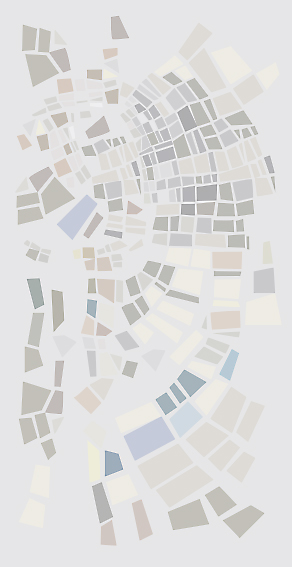 SEE ALLArcheological Sites
SEE ALLArcheological SitesArchaeological site of Avdira
Archaeological site of Avdira, in the cape of Bouloustra >>>Castle of Palaiochori or "Castle of Alexender" or
To the east of Paleochora, in the municipality of Pangaio of >>>Tower of Thimonia
The circular tower of Thimonia is located in SE. part of the >>>Megalithic Gate of ancient Ismara
The settlement of Maronia spread over a vast area, from >>>Ancient Plotinoupoli
The hill of Agia Petra in south-eastern side of Didymoteicho >>>Archaeological Site Zone Messimvria
Messemvria-Zone, a colony of Samothraki the late 7th century >>>Castle in Pythion
The Castle in Pythio (of the Byzantine Empythio) is located >>>Castle of Kavala
The castle of Kavala is at the top of the peninsula where >>>Archaeological site of Philippi
Located 15 km from Kavala in Krinides and is one of the most >>>Tomb Zone of Doxipara
At the beginning of the 2nd century AD, four members of a >>>Fisilti Hamami
The Bath of Fisilti (or Fisilti Hamami) are located in the >>>Archaelogical Site of Alyki
The peninsula of Alyki is located on the southeastern side >>>Anaktoropolis
Located in the area of New Peramos, built on the place of >>>
-
Cities






